As I look out the window from my Montana home on this 15-degree Fahrenheit day, a foot of fresh snow shimmers over the ground. And it’s only mid-November. I ponder dusting off my cross-country skis while happily sipping a mug of hot tea. It looks and tastes like fruity, store-bought tea, but it’s made from dried bog Labrador tea, wild strawberry and blueberry leaves.
Each sip of the herbal beverage transports me back to last summer atop a mountain in the Adirondacks where I found patches of Labrador tea and wild blueberries along a hiking trail. Pea-size wild strawberries grow in the lawn around my cabin there, which is mowed but hardly manicured. A smattering of dandelions and Creeping Charlie (a ground cover in the mint family) also intrudes the modest green expanse. Chamomile sprouts by the road, and spearmint that my cousin planted three years ago has taken over the banks of a streamlet that flows down the north side of the lawn.
Each one of these plants is harvestable for tea.
Many plants make tasty teas, actually “tisanes,” as true teas can only be made from the Asian tea tree (Camellia sinensis). But let’s not get hung up on technicalities. It’s all hot and drinkable, and perfect after a cold winter outing.
Here are some plants that might grow near you that are easy to turn into tasty brews. Some have health benefits, too.
To brew any of these teas, finely chop the fresh plant matter and then steep it in boiling water for several minutes, or dry it for later use. You need about 3 teaspoons fresh or 1 teaspoon dried ingredients per mug of hot water. As with any foraged food, be sure you’ve got the right plant and the right plant parts. Bottom line: don’t worry if you run out of teabags from the grocery store, you’ve probably got something you can brew growing outside your door.
-
American Wintergreen

Photo © Kristine Paulus / Wikimedia Commons Wintergreen is a low evergreen with red berries found in boreal habitats in central and eastern Canada and the U.S. The use of wintergreen leaves as a tea dates back to early Native Americans who brewed it to cure fevers, arthritis and other aches. Its therapeutic benefits are real, because it contains an aspirin-like compound. When brewed, oil forms on the surface which contains a toxin that should be poured off. If you can’t find wintergreen, the twigs and leaves of a young birch tree can be steeped into a tea that tastes like wintergreen.
-
Wild Raspberry

Photo © Lisa Ballard Like the foliage of wild blueberry and strawberry plants, raspberry leaves also make a fine fruit tea. Personally, I like to mix them together. You can dry the berries, then crush them into the tea mixture, too, but I never do. They are too good fresh! It’s a rare day that a wild berry makes it back to my house for any reason.
-
Hibiscus
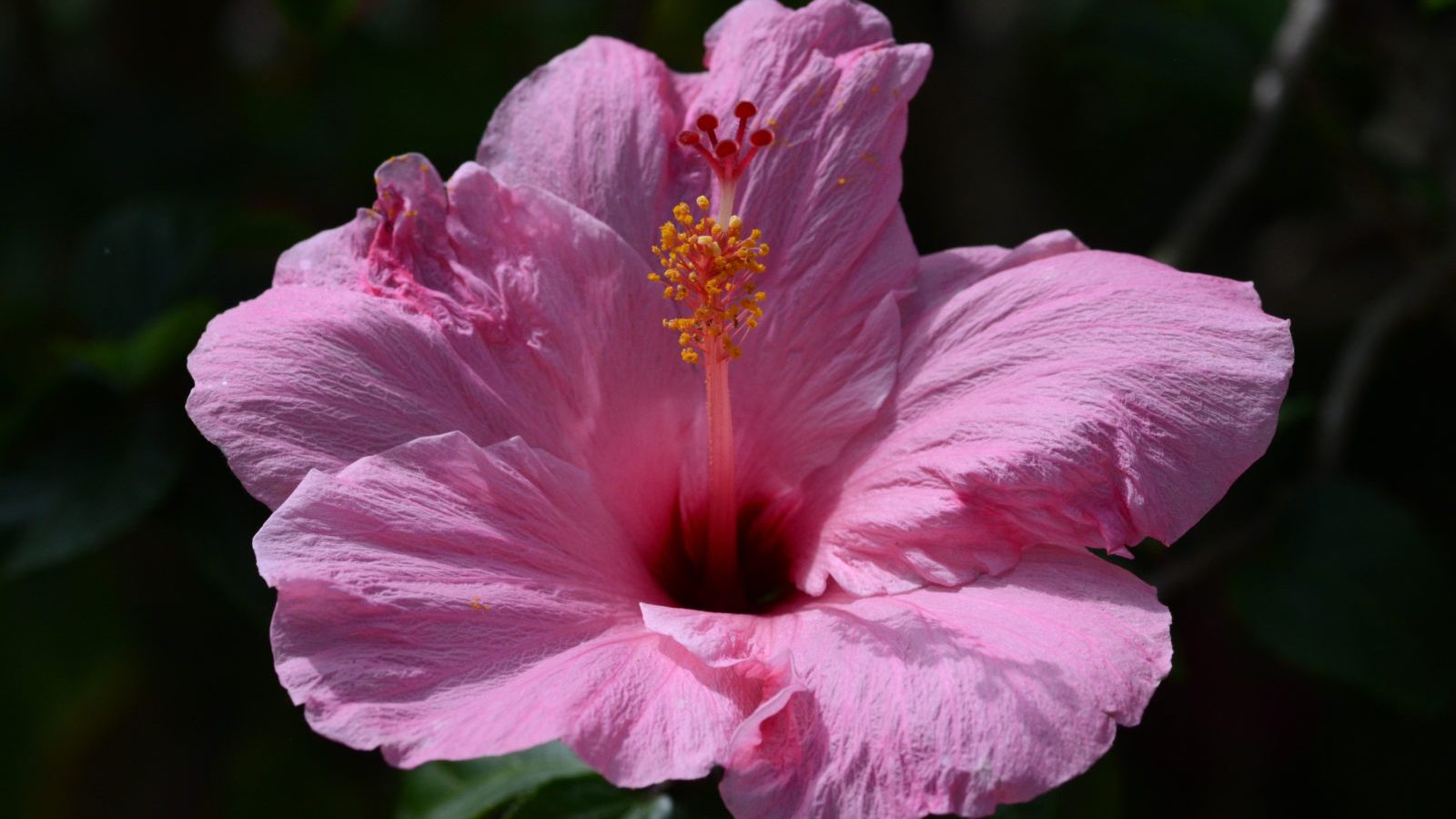
Photo © Lisa Ballard Showy hibiscus flowers can be boiled into a sour, red or pink-colored tea that tastes like cranberry. Though scientifically unproven, many people believe drinking hibiscus tea wards off the flu and controls cholesterol and high blood pressure. Don’t drink hibiscus tea if you take diuretic medication and wait four hours after taking aspirin. Hibiscus can negatively interact with diuretics and weaken aspirin.
-
White Cedar
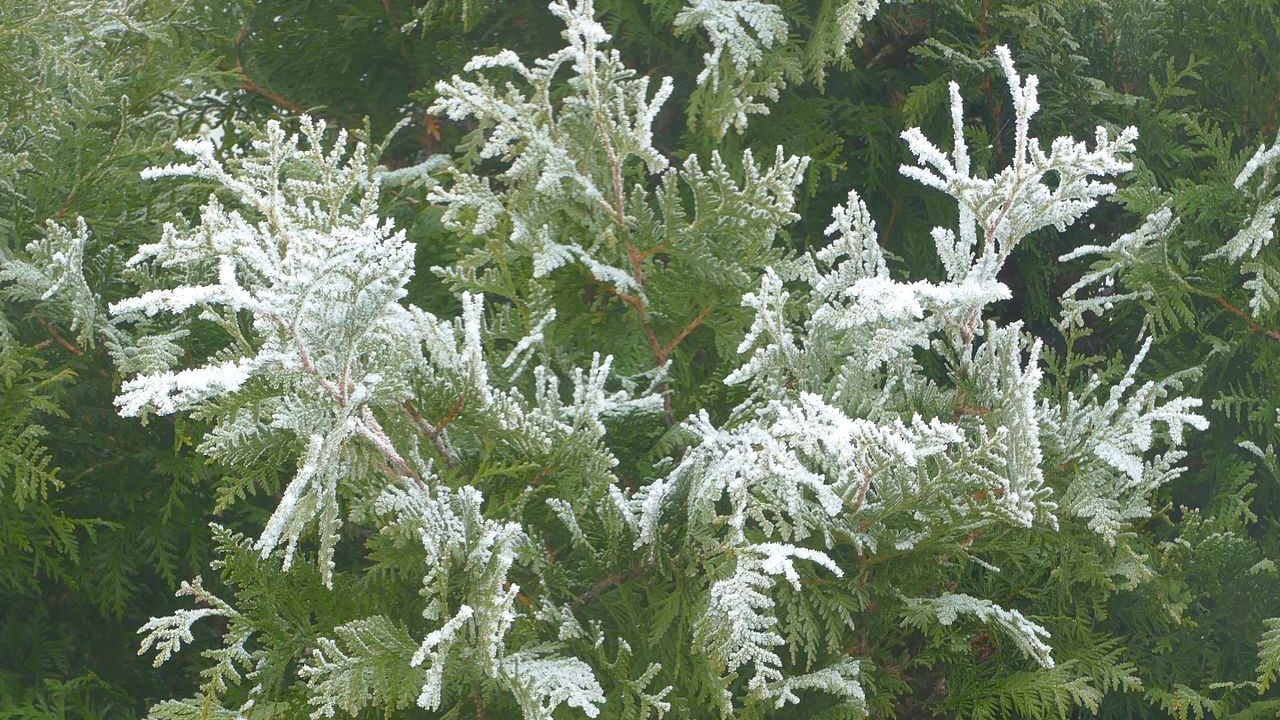
Photo © W.carter / Wikimedia Commons During the 1500s, the Mi’kmaq people, native to the Canadian Maritime region, supposedly cured explorer Jacques Cartier’s entire crew of scurvy after their long voyage across the Atlantic Ocean. The needles and bark of white cedar and a number of other conifers contain high amounts of vitamin C. Cedar tea has a pungent, piney taste, but a spoonful of honey mellows the strong flavor. Similar to wintergreen, pour off the toxic surface oil, which looks like shiny scum, before imbibing. Other conifers make similar teas, but avoid Ponderosa pine, yew, and Norfolk Island pine, all of which are poisonous.
-
Echinacea
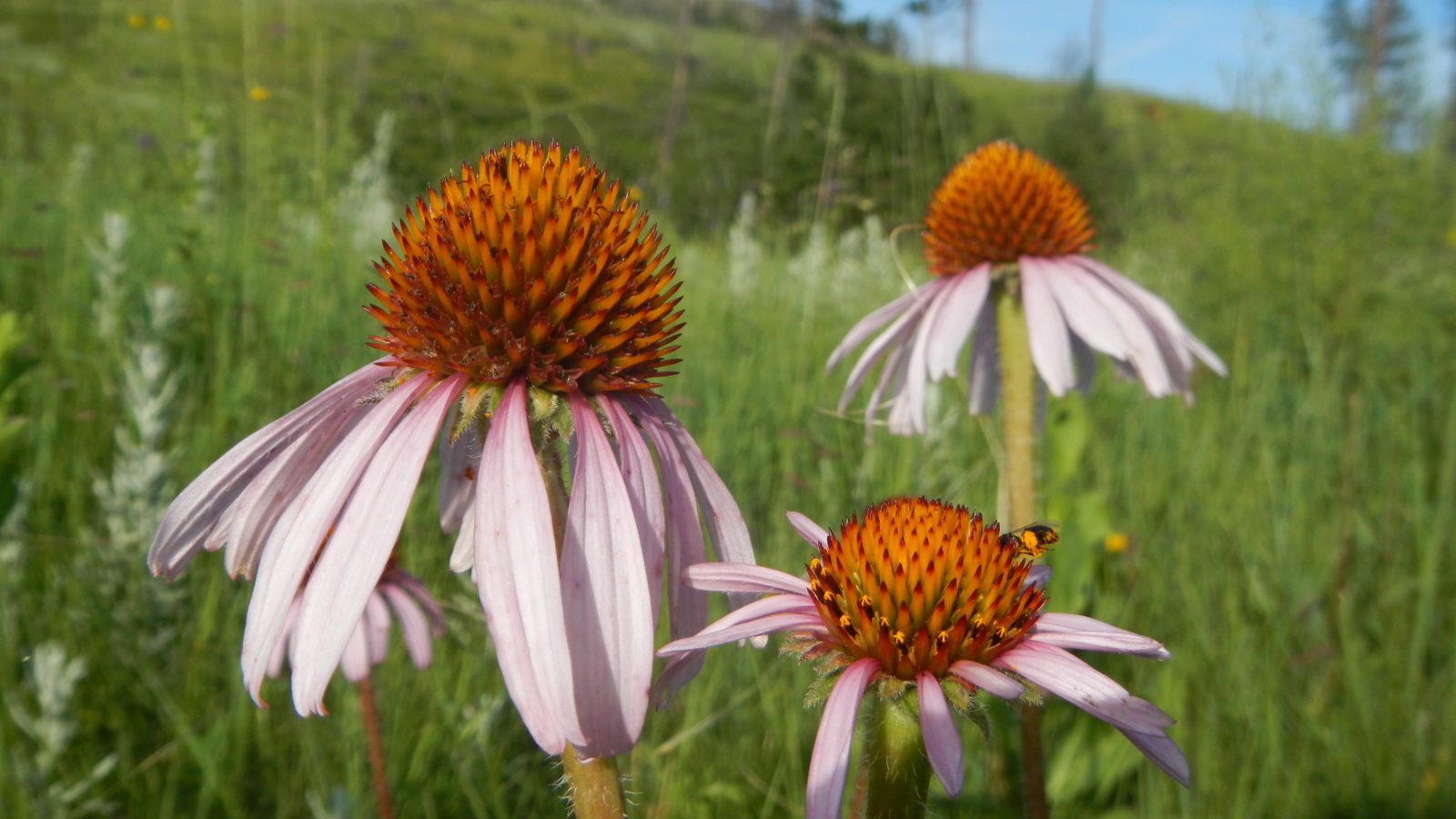
Photo © Lisa Ballard You’ve probably already heard that echinacea, or coneflower, helps prevent or lessen the severity of a cold by boosting the immune system. The verdict is still out, though anecdotally many people swear it’s true. Echinacea tea is normally made from the leaves and flower buds. Alone, it has a sharp, floral taste, but mixed with something like lemongrass and ginger, it sips more smoothly.
-
Sage
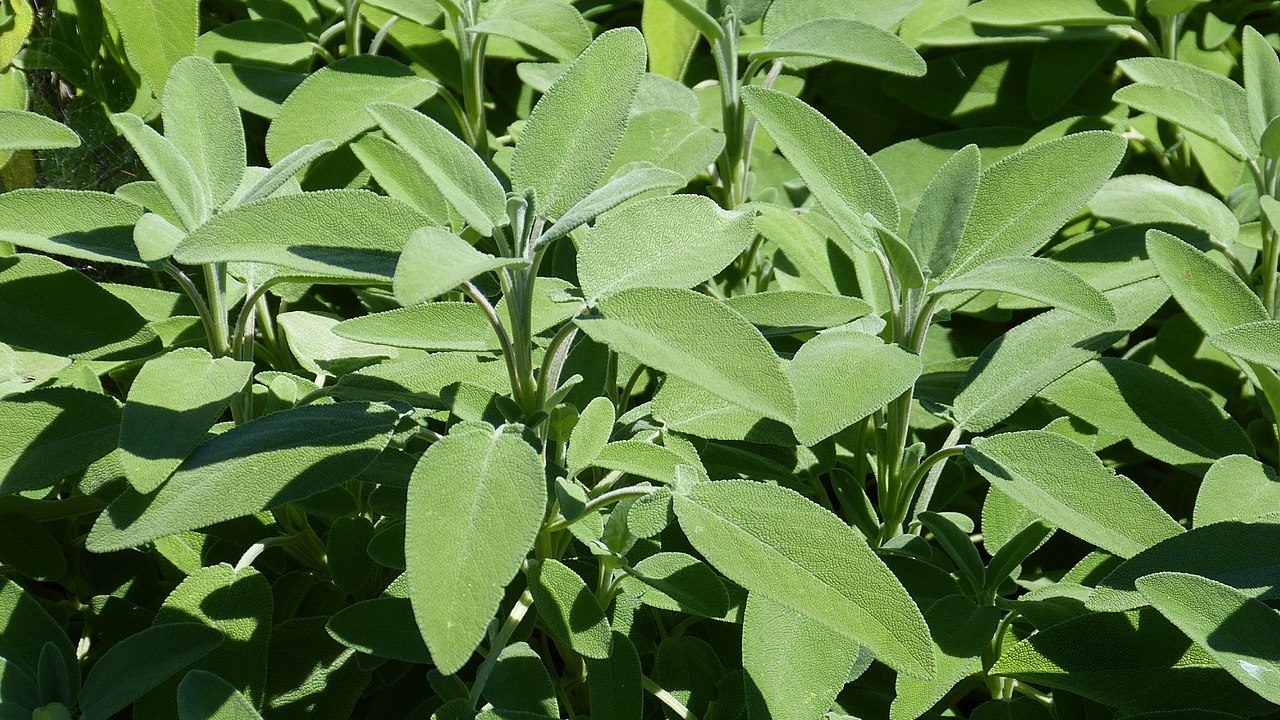
Photo © Wolfgang Sauber / Wikimedia Commons Sage tea tastes like the plant. No surprise. Some people call it “smart tea” because research has shown it improves brain function. The cognitive ability of Alzheimer’s patients sometimes improves after drinking sage tea. Scientists are also studying this tea’s effect on preventing colon cancer and heart disease. Other spices, such as oregano, thyme, and marjoram, can also be made into teas.
-
Rose Hip

Photo © Lisa Ballard The “hip” of a rose is its red fruit. Rose hip tea is my favorite! I love its fruity flavor, and it’s packed with vitamin C. In addition to its anti-oxidant properties, it’s also an anti-inflammatory, which might the reason why it’s so soothing to drink.
-
Bee Balm
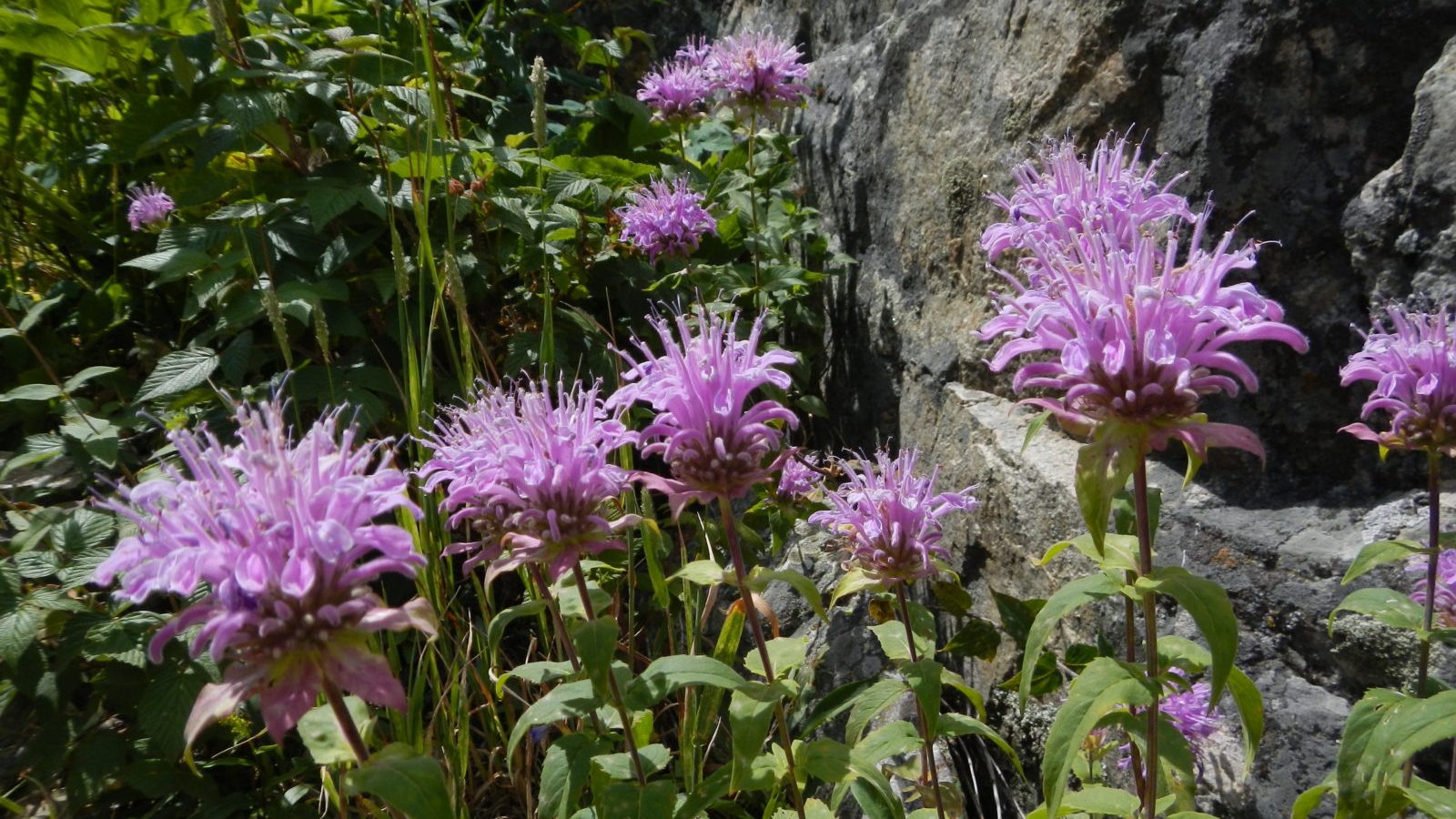
Photo © Lisa Ballard Bee balm, or monarda, is a common garden perennial as well as a wild flowering plant that grows on the edge of woodlands. Bees, butterflies and other pollinators love it. Though it’s often called bergamot, it’s not the fruit used to flavor Earl Grey tea. Colonial Americans called it “Oswego tea,” after the Oswego Indians who introduced it to European settlers in upstate New York and Ontario. During the American Revolution, bee balm tea was a popular substitute for English tea. Well, some of it. Different varieties taste differently. Crush a leaf, then take a whiff to determine the essence of that plant’s brew.
-
Red Clover
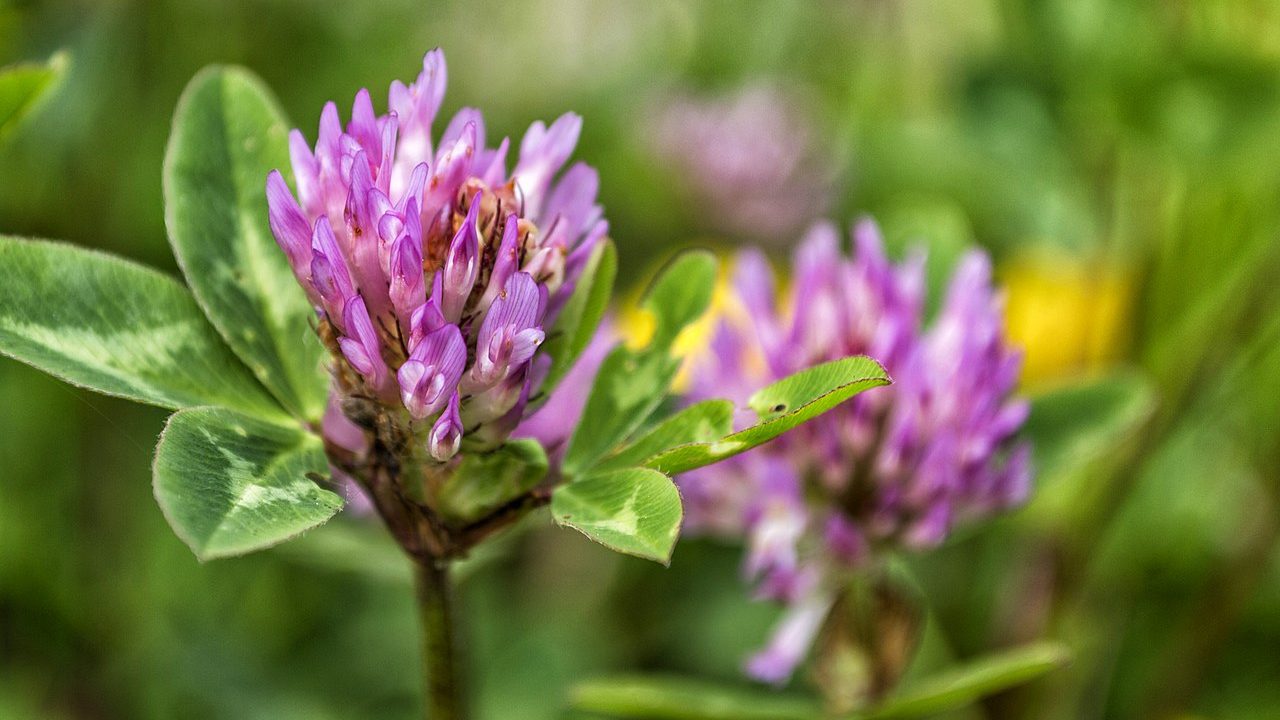
Photo © Paul van de Velder / Wikimedia Commons Clover is often mixed with other herbs to add sweetness to tea. White clover works, too, but has a subtler taste. Clover teas taste best if you harvest the flowers before they show any brown.
-
Sassafras

Photo © Melissa McMasters / Wikimedia Commons Sassafras trees are eye-catchers because its leaves have three different shapes. That said, its roots, which are the source of root beer, make a root beer-flavored, red-colored tea. The sap needs to be in the root to get the root beer taste, which happens in the late fall. Use a small ax to cut a small sample from a young tree. If you take too much, you will damage the tree.
-
Stinging Nettles
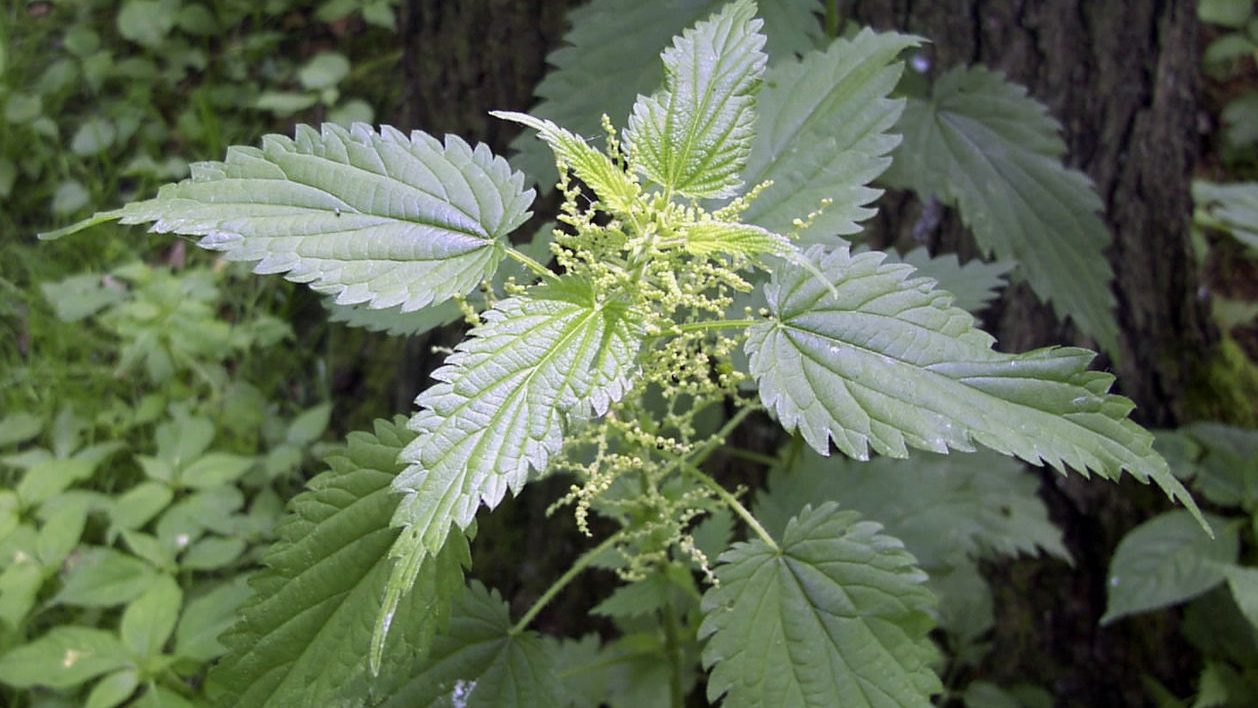
Photo © Uwe H. Friese / Wikimedia Commons Nettles are known to make a grassy or spinach-like tea, similar to a strong green tea. I confess, I don’t seek out nettles because they fight back. I could wear thick gloves, but I never have them with me when I find nettles, usually while fly fishing. If you’re interested in trying nettle tea, the plant won’t sting you after it’s boiled or dried.
-
Staghorn Sumac
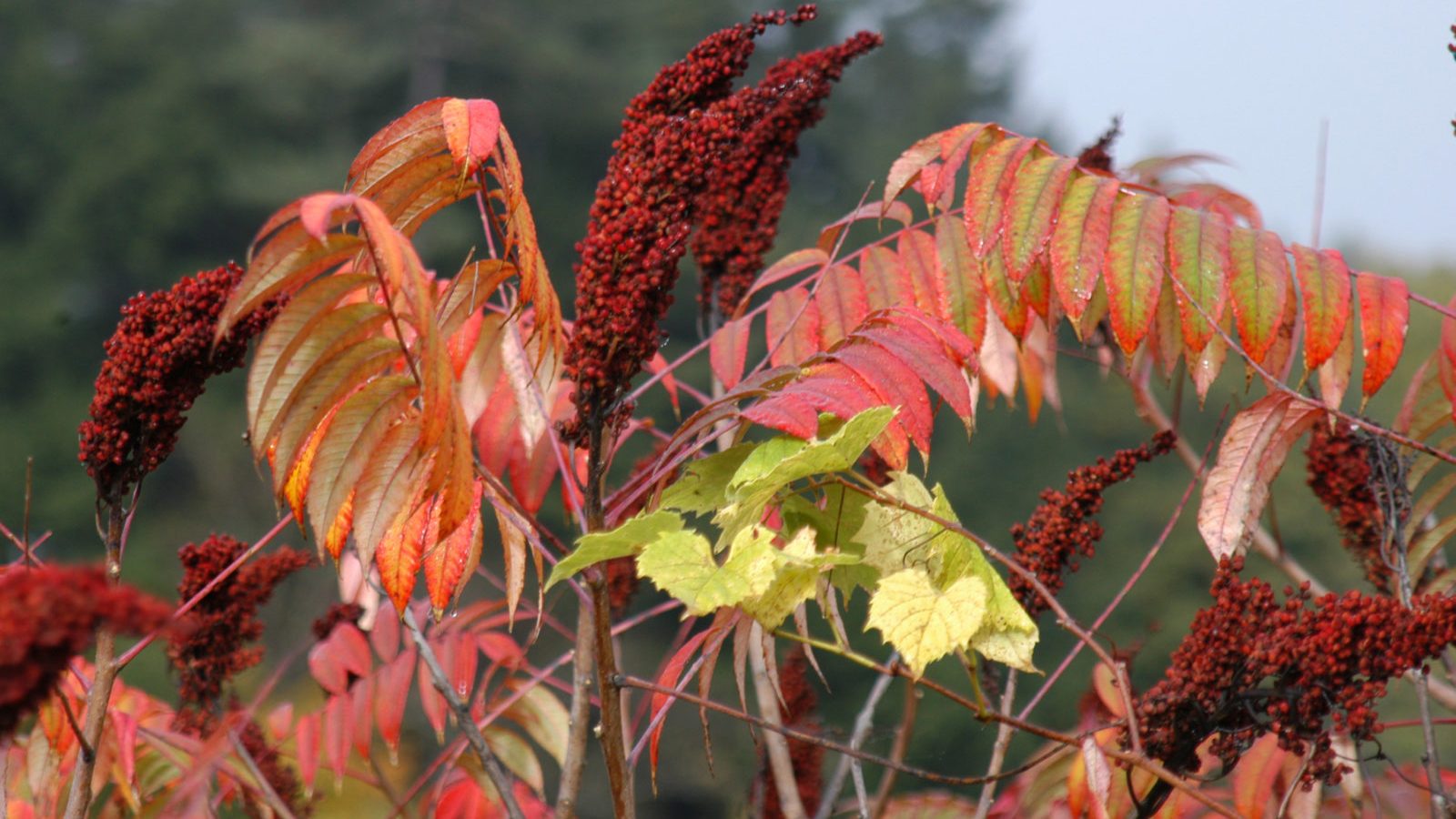
Photo © Lisa Ballard Unlike poison sumac that will send you to the hospital if you ingest it, staghorn sumac and common sumac are benign to touch and make a sour tea that’s loaded with vitamin C. I first made sumac tea 15 years ago, while shooting an episode of Wildlife Journal (PBS) with professional forager. He made a meal harvested entirely in the wild. Sumac tea was the drink. My mug secretly contained 50 percent sugar. Nowadays, that much sweetener would gag me, but a little sweetener turns sumac tea into something more enjoyable.
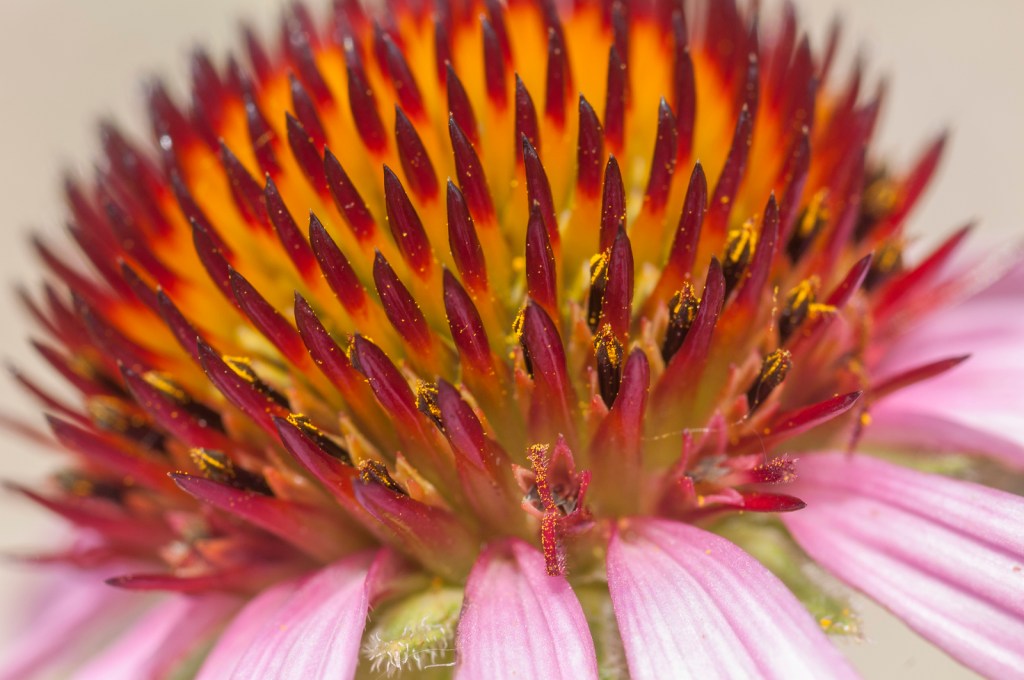



Very nice. Makes me miss my home state and Missoula.
Indigenous Americans in the deep South made tea from the leaves and sticks of yaupon holly. (Ilex vomitoria) The observation that it is an emetic is mistaken, but the name persists. Yaupon Tea was also used by early settlers. Yaupon Tea has been rediscovered by enthusiasts. https://en.wikipedia.org/wiki/Ilex_vomitoria
I was casually browsing this page and I think it’s a great article and topic! Nice work! I must comment though, the first photo is not really true wintergreen and does not taste like wintergreen. It is Pyrola americana which is confusingly commonly called “American wintergreen” or “round-leaved pyrola.” This is a similar species in terms of the leaf shape and habitat, but it does not have the distinctive waxy leaves, berries, and flavor of Gaultheria procumbens also called “wintergreen or teaberry.” You can use the University of Michigan Herbarium website to find detailed notes by searching scientific names here: https://www.michiganflora.net/.
There are more than a dozen plants in the Southwest that make wonderful tea. The plants in this article cannot be found in the American Southwest! It would be nice to see some of ours included. Thanks!
How I miss living in desert